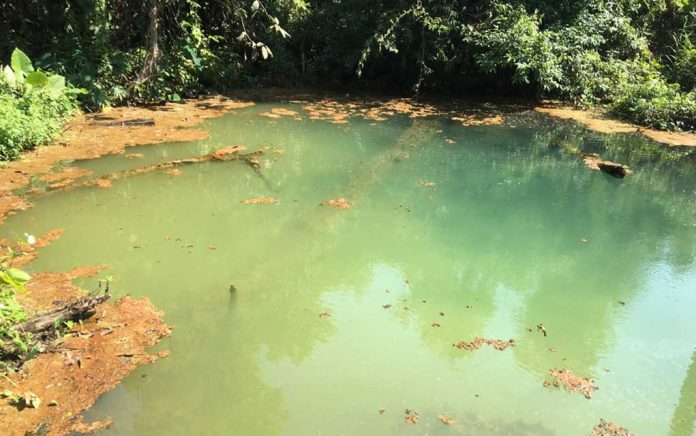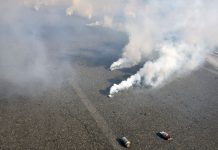(SurvivalDaily.com) – As a general rule, a healthy person can go three weeks without food. Without water, however, a person’s estimated survival time is counted in days not weeks. In an emergency situation like an earthquake, tornado or even a water main break, being able to make water potable isn’t just a fun way to show off to friends and family, it’s vital to staying alive.
Potable Water: Boiling
As long as there is access to a safe source of heat, this is by far the cheapest and easiest way to get safe drinking water. Do it, cool it, drink it. Yeah, it’s easy. But survival is in the details. Here’s how:
- Strain first. Make sure any solids or sediment are cleared out by straining the water through a clean cloth or a coffee filter, or let it sit in a container until the sediment settles then siphon the clear fluid from the top. Sand can be used as a filter, too. Just make sure it’s clean.
- Boil it. Bring the water to a rolling boil for at least one full minute. At higher elevations, extend the boiling time to three minutes. This is a rolling boil. Not a simmer. Keep covered if possible to speed this along.
- Cool it. Let it cool before drinking or sip warm to internalize the heat on a cold night.
Potable Water: Chemical Sterilizing
There are several commercially available compounds that can make water safe to drink. These come in tablets, powders and liquids that can be kept in go-bags. Three commonly used ingredients in these products are:
- Chlorine
- Chlorine Dioxide
- Iodine
The amount needed for purification will vary depending on the volume of water and its source. Generally speaking, it takes about 30 minutes for these products to fully sterilize the water. Read the manufacturer’s instructions carefully. If you’re worried about the taste (I was), some of these products also make additives to neutralize the chemical taste — so we’re good to go.
Potable Water: Filtration
Filter systems clean the water as it passes through. There are large systems that purify several gallons per hour but are about the size of a large coffee urn — the kind you’d see at receptions and conferences. While possibly portable (transportation depending), it might be difficult to lug around in a backpack.
Systems that can be carried in a duffle or backpack have a hand-pump that draws the water through the filter and into mylar bags or hydration packs. The smallest of these potentially life-saving devices can fit in a pocket and is the size of a large syringe. It’s actually an oversized straw that is made to remove contaminants. So you can drink right from the lake or stream.
When the supply of potable water is cut off, it can quickly become a true life-or-death situation. So we have to know what the plan is in advance. Knowing how to remove dangerous microbes and maintain a reliable source is crucial to staying well and even staying alive. Knowing how to move between multiple options is just plain smart. Clean water isn’t something to take lightly and should be at the top of the prep list for anyone who’s serious about being prepared.
Was this article interesting and informative? Reply to your email and let us know, we would love to hear from you!
Copyright 2021, SurvivalDaily.com

















